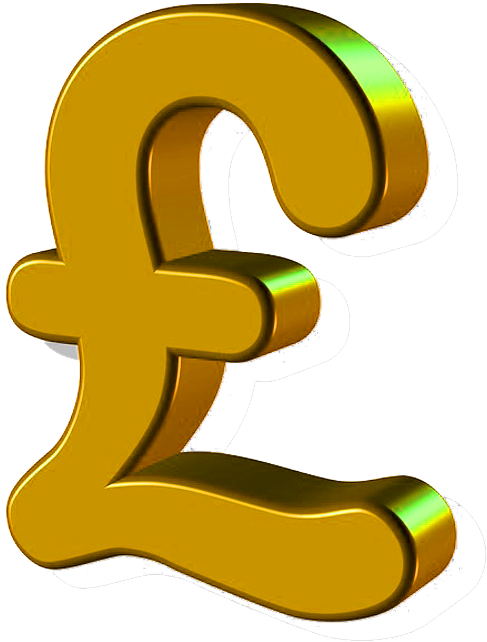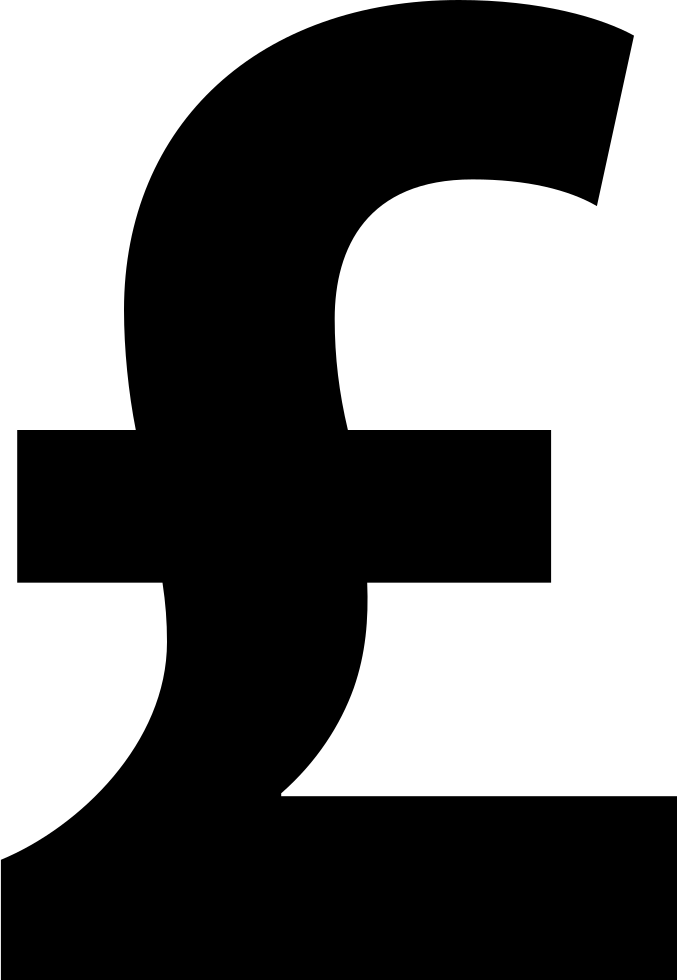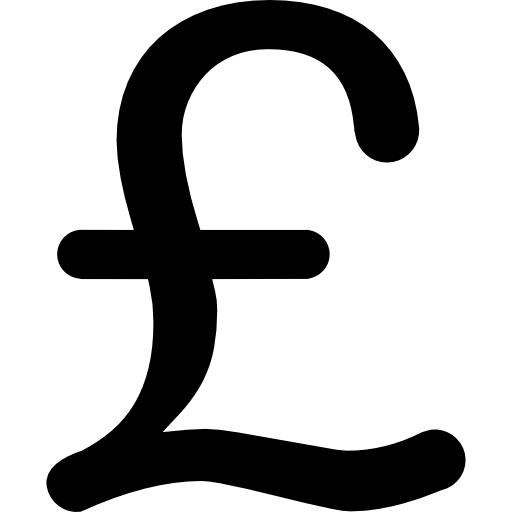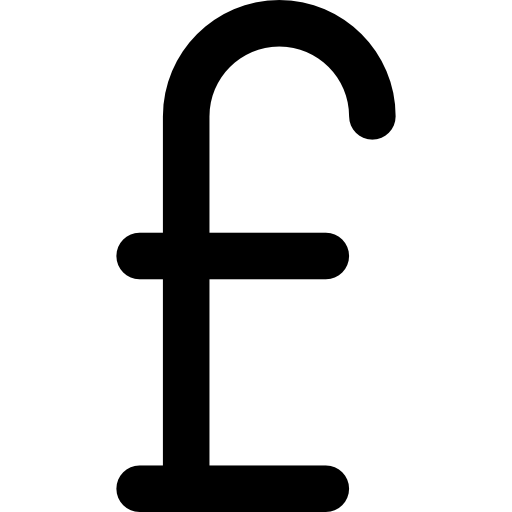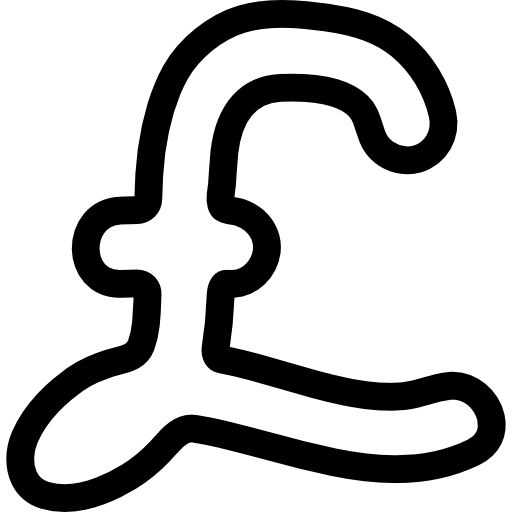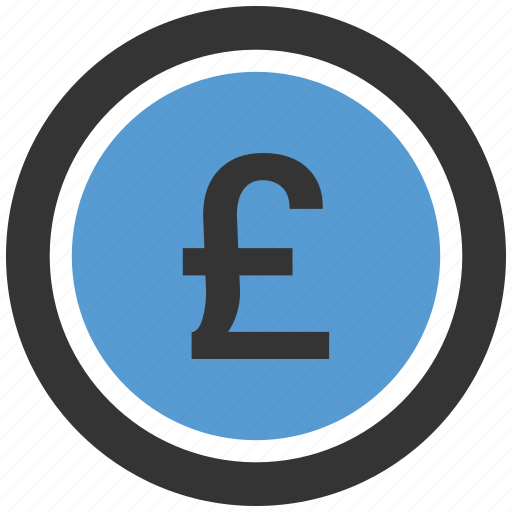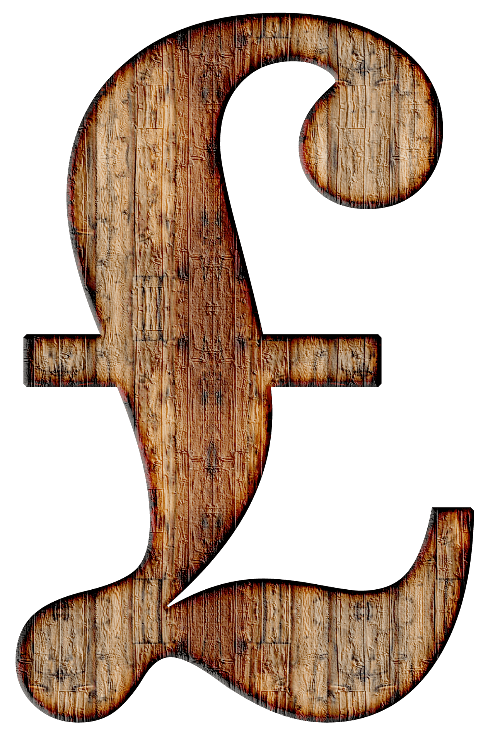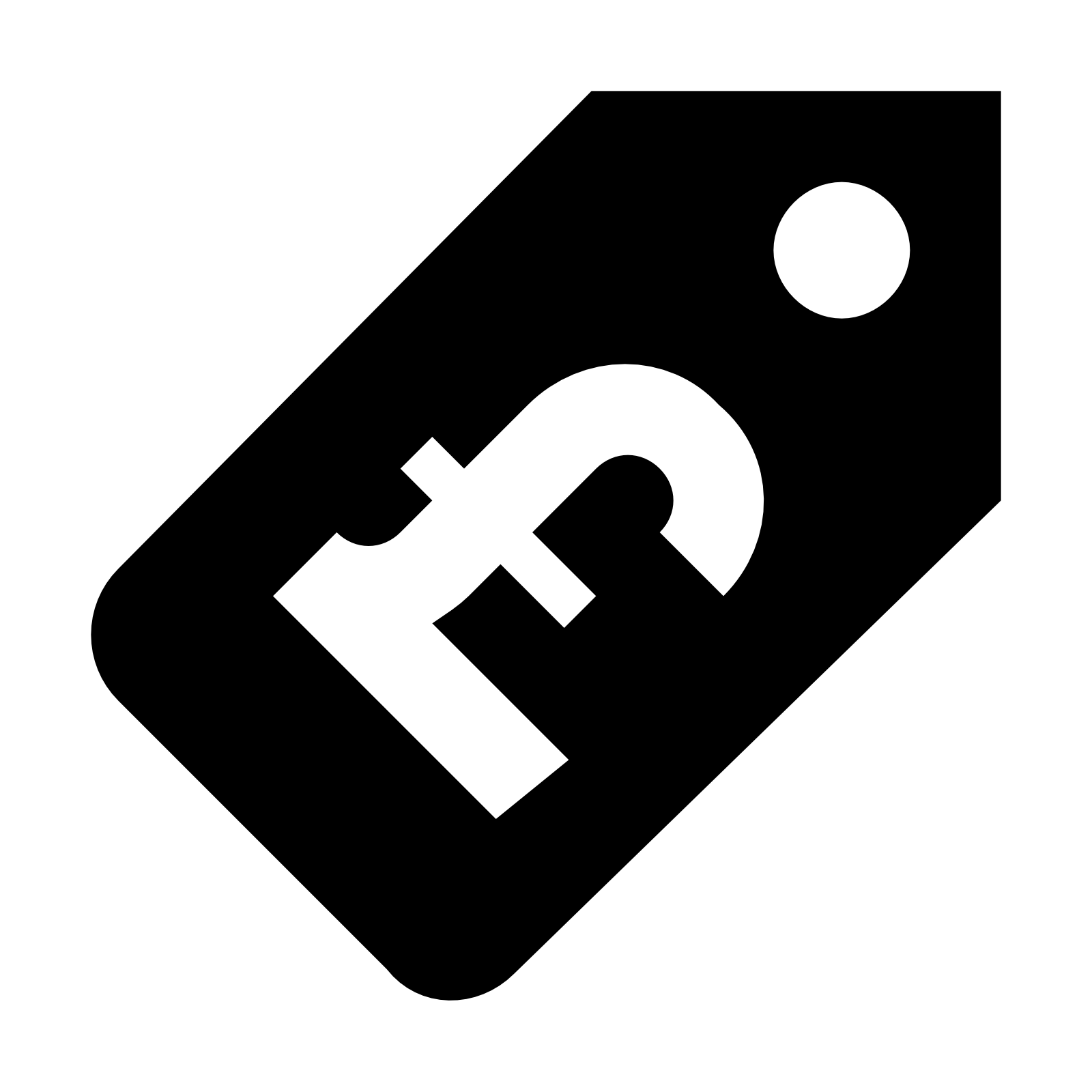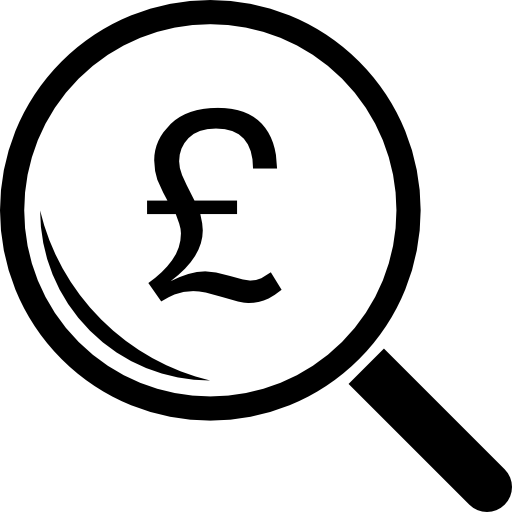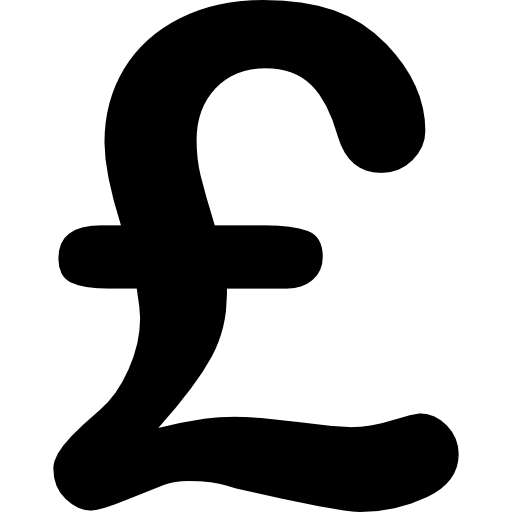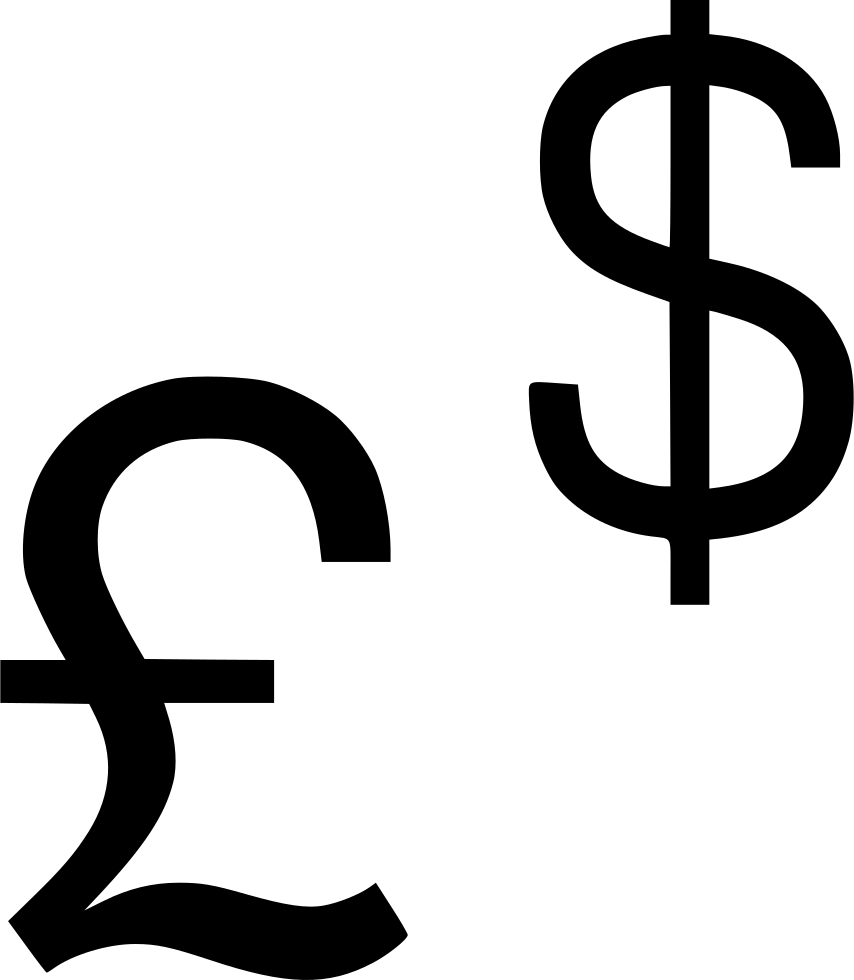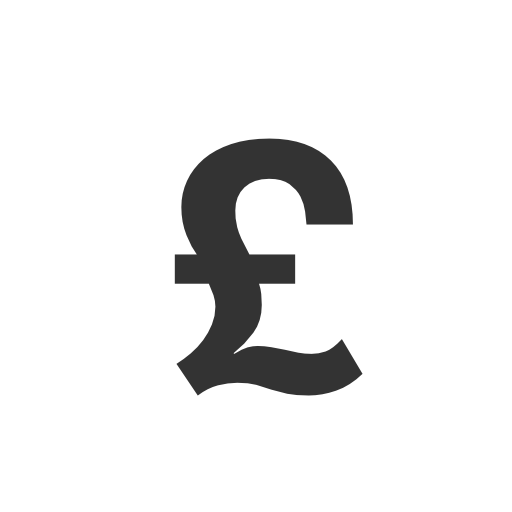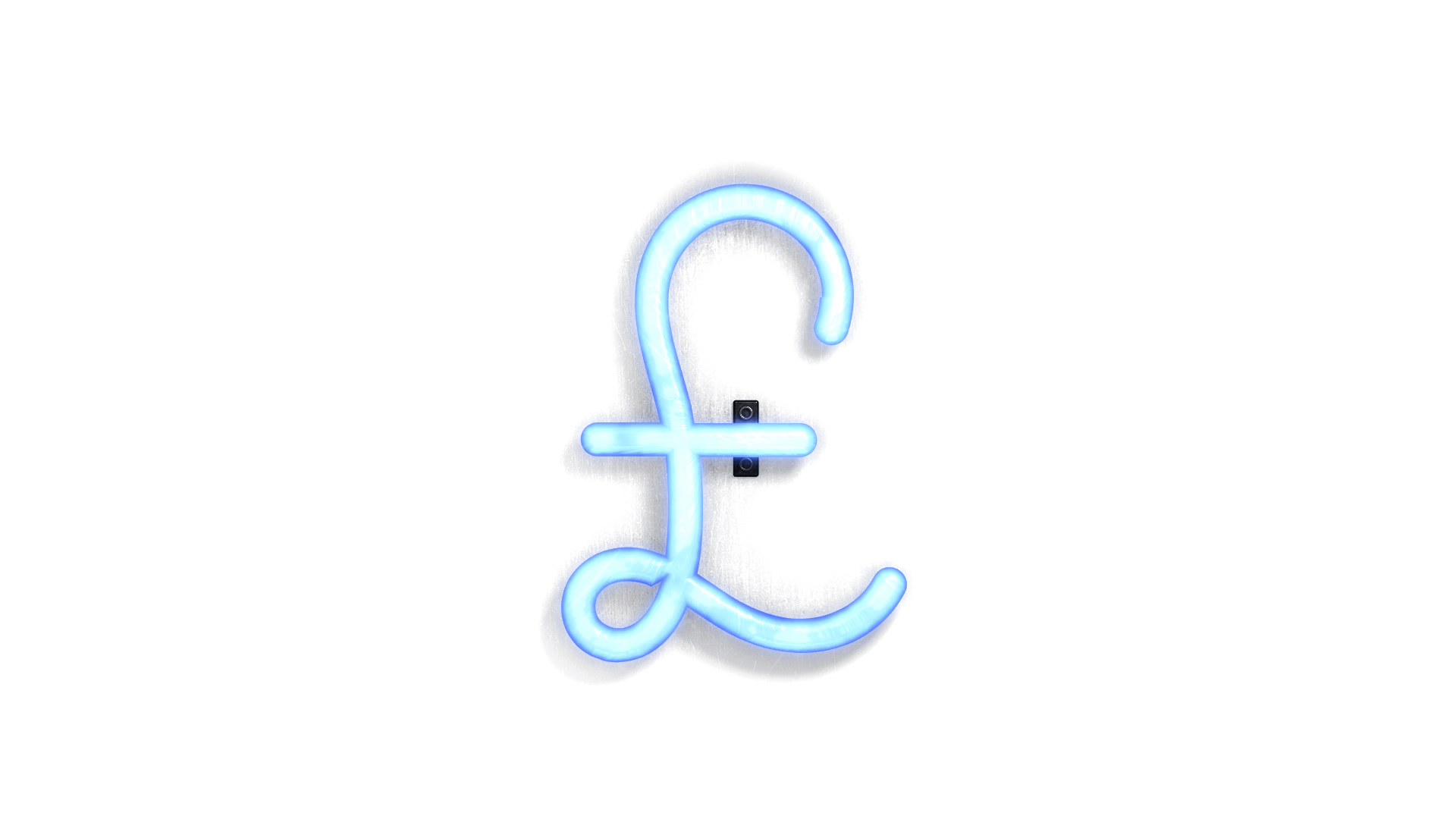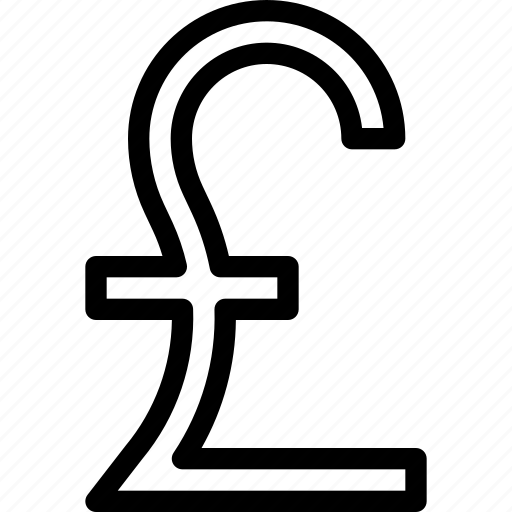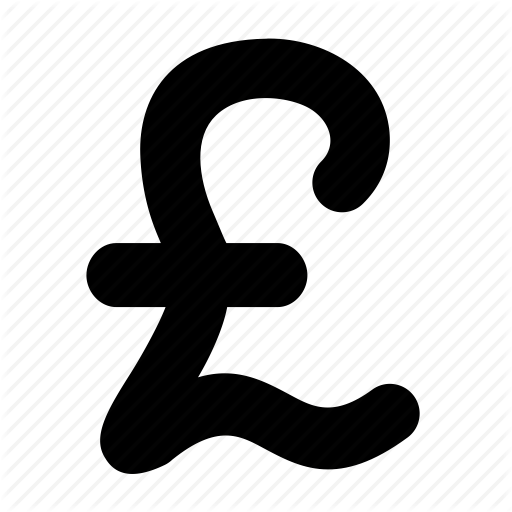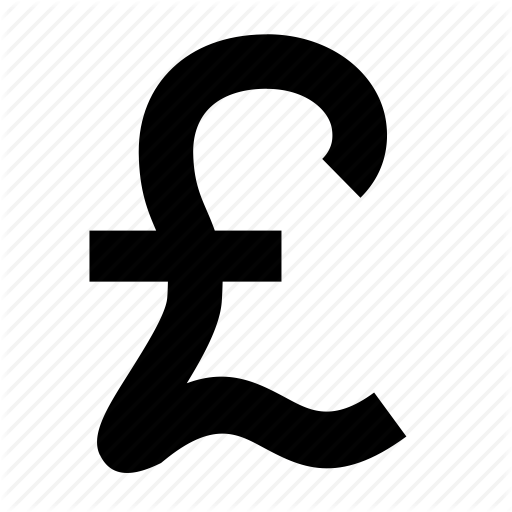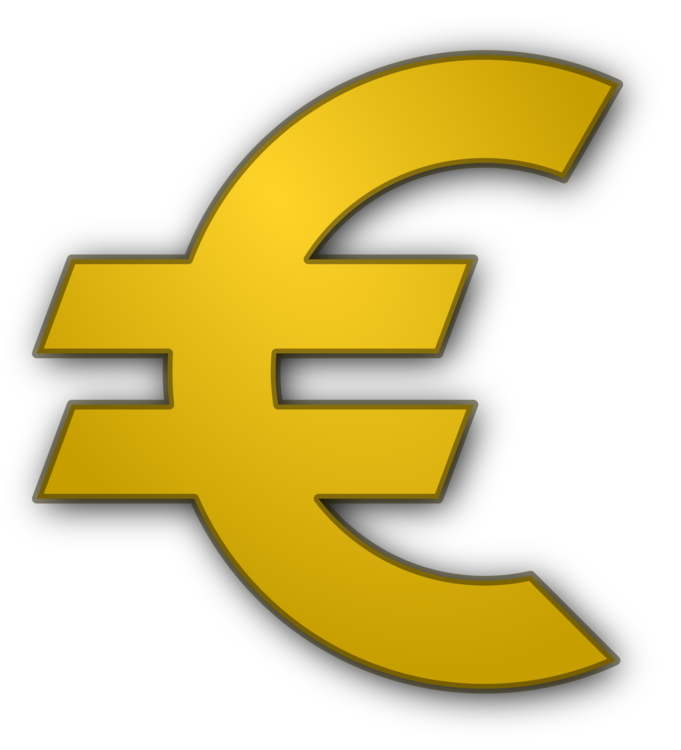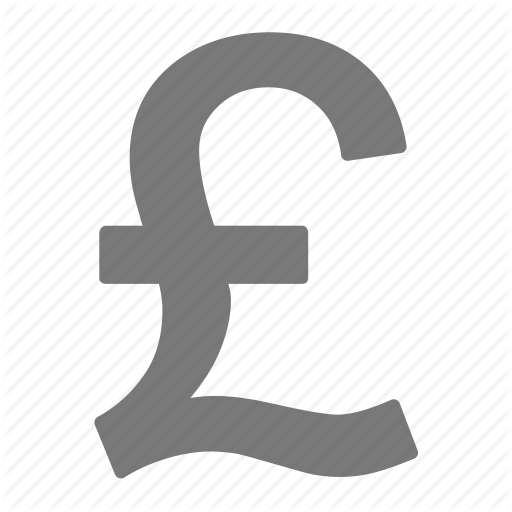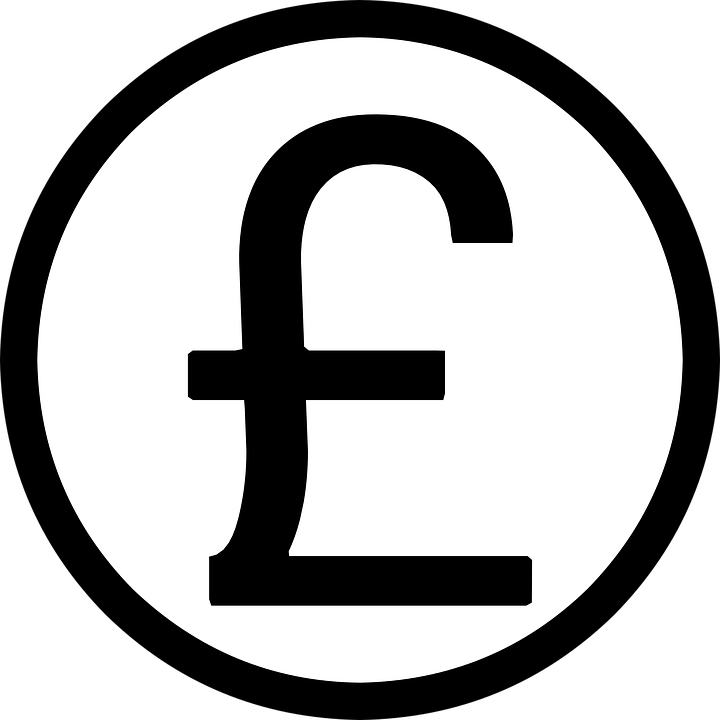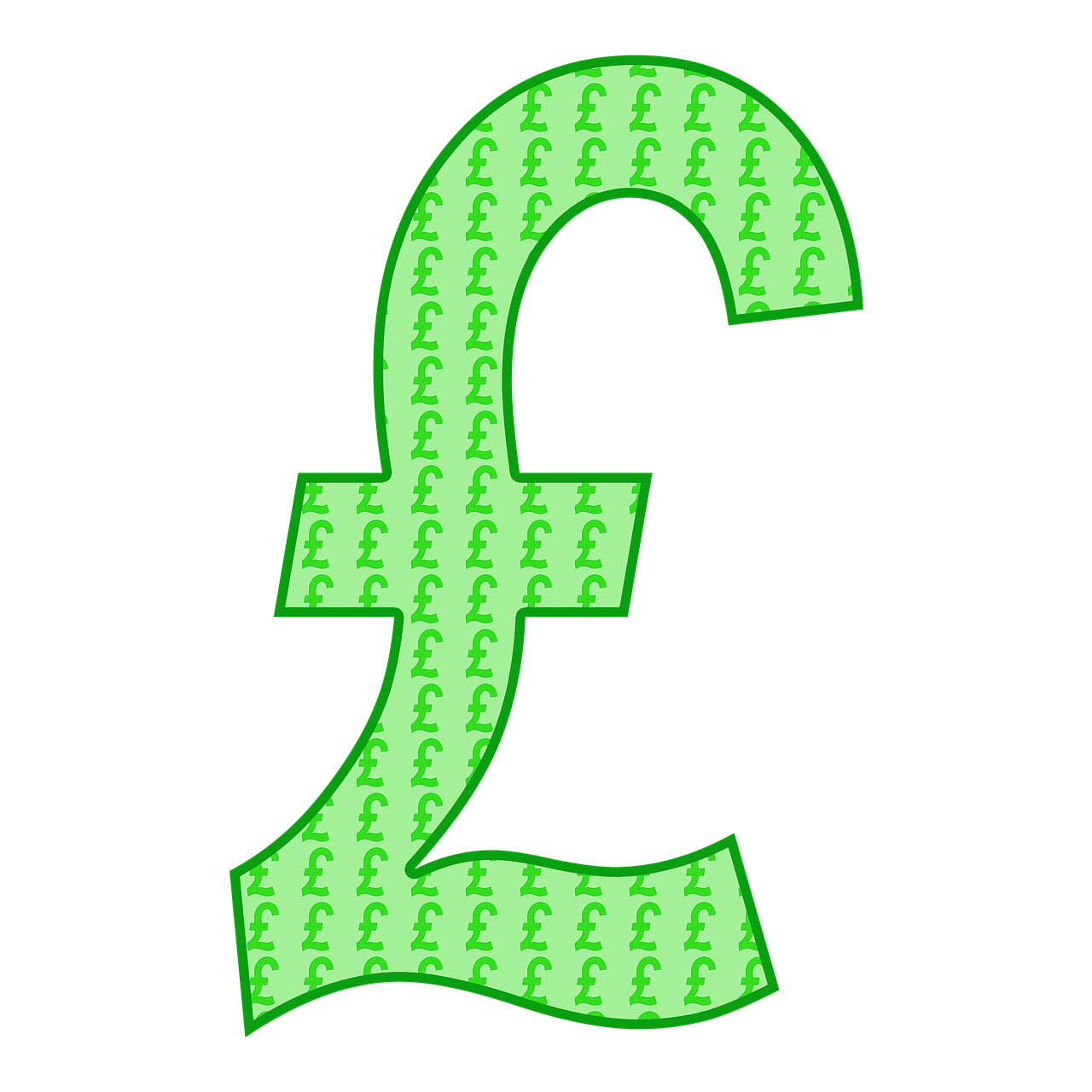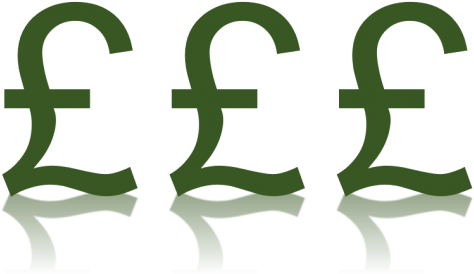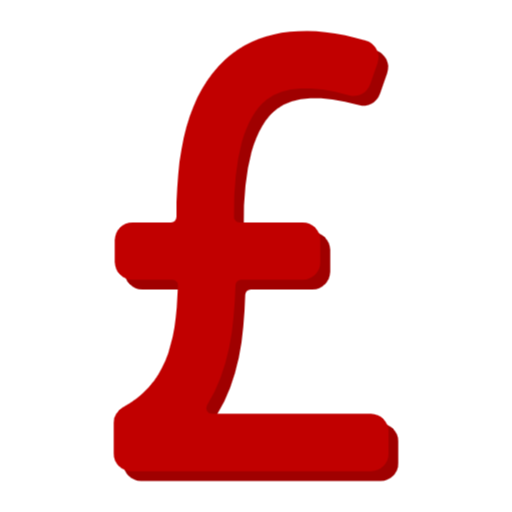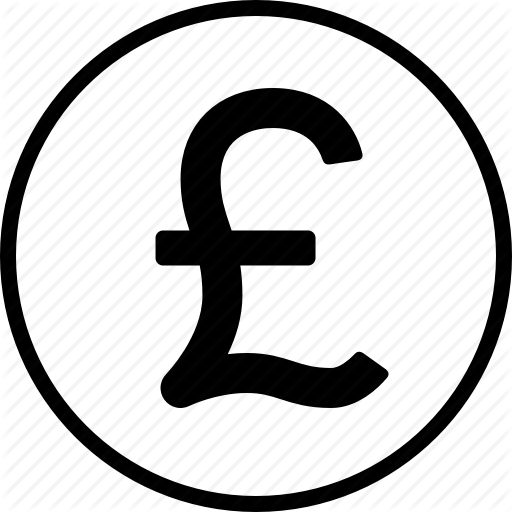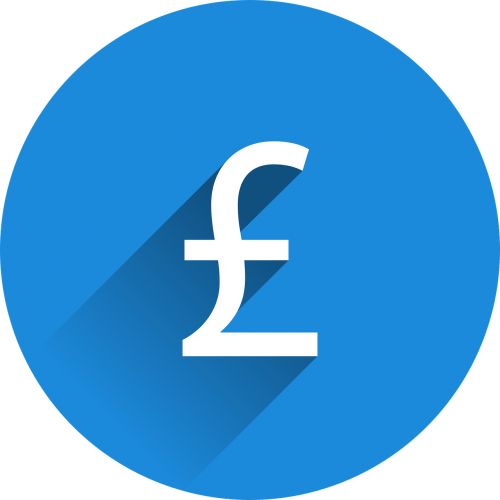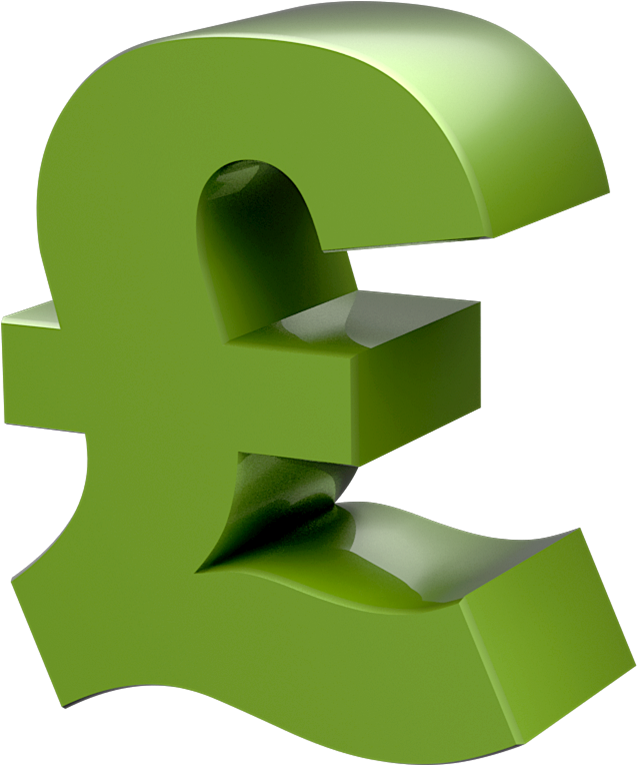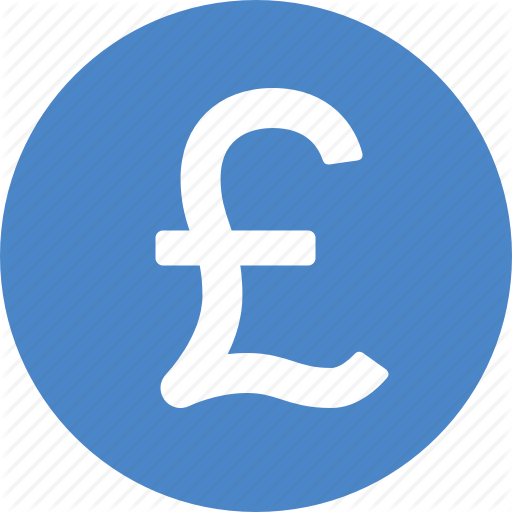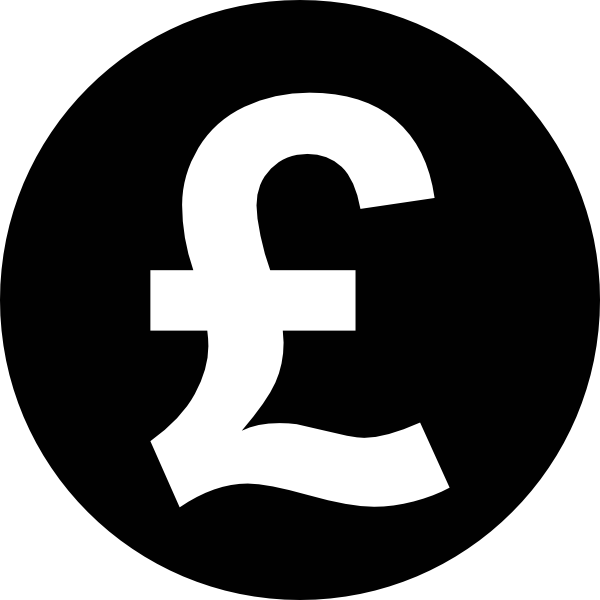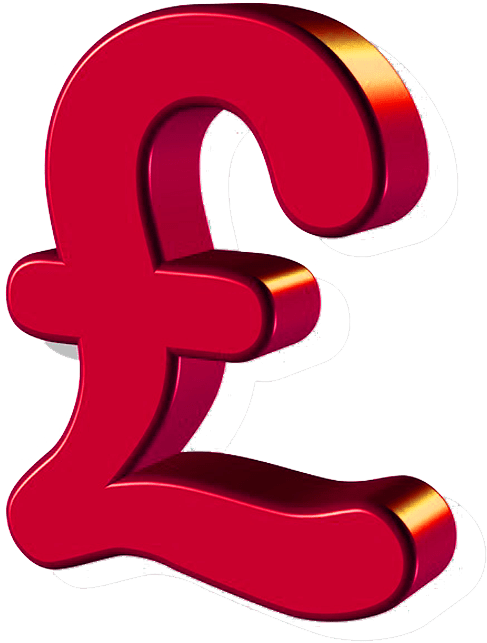Download top and best high-quality free Pound Sign PNG Transparent Images backgrounds available in various sizes. To view the full PNG size resolution click on any of the below image thumbnail.
License Info: Creative Commons 4.0 BY-NC
The pound sterling (£) is the currency of the United Kingdom, which was previously known as Great Britain and the Kingdom of England. Other pound-based currencies, such as the Gibraltar, Egyptian, Manx, and Syrian pounds, use the same symbol. Some banknotes featured a similar sign (two bars) from time to time, but the Bank of England hasn’t done so since 1975. (This two-bar sign is also used for lira-named currencies, such as the (defunct) Italian lira.)
The sign is taken from the upper case Latin letter L, which stands for libra pondo, the Roman Empire’s basic unit of weight, which is derived from the Latin word libra, which means scales or a balance. The pound became an English unit of weight, and the tower pound (equal to 350 grams) of sterling silver became the standard in England. The Royal Mint Museum states, “According to the Royal Mint Museum:
When the horizontal line or lines that denote an abbreviation were initially drawn through the L, no one knows for sure. A cheque dated 7 January 1661 with a clearly identifiable $ symbol may be seen at the Bank of England Museum. The £ symbol was widely used by the time the Bank was created in 1694.
In written books and newspapers, however, the basic letter L, in lower- or capital, was used to indicate the pound sterling until far into the nineteenth century. The letter L is shown as displaystyle mathfrak Lmathfrak L in the blackletter type used until the seventeenth century.
The word “pound sign” normally refers to the symbol # (number sign) in American English, and the matching telephone key is known as the “pound key.”
Since 1975, the Bank of England has solely used the single bar form as a pound symbol on its banknotes. Since 1725 until 1971, the Bank employed both the two-bar style () and the one-bar style (£) (and occasionally a figure without any sign at all) more or less equally, irregularly and sometimes concurrently. When used to represent the pound in typography, the symbols are allographs ” stylistic choices; as a result, fonts utilize the U+00A3 £ POUND SIGN (Unicode) code point (not U+20A4 , LIRA SIGN despite its similarity).
ISO Latin-1 was the first to standardize the encoding of the £ sign in position xA3 in 1985. The Digital Equipment Corporation VT220 terminal, Mac OS Roman, the Amstrad CPC, the Commodore Amiga, and the Acorn Archimedes all utilised position xA3.
Many early computers (limited to a 7-bit, 128-position character set) employed an ASCII variation with the £ replacing one of the less-commonly used letters. In 1985, the national variation of ISO 646 in the United Kingdom was established as BS 4730. Except for two letters, this code was identical to ASCII: x23 encoded £ instead of #, and x7E encoded instead of.
MSDOS on the IBM PC utilized a non-standard 8-bit character set called Code page 437, in which the £ sign was encoded as x9C; Microsoft Windows was the first to use ISO character codes. Position x9C was also utilized by the Atari ST. For the £ sign, the HP LaserJet utilized position xBA, while most other printers used x9C.
The £ was encoded as x23 in the BBC Ceefax system, which dates from 1976. x60 was used on the ZX Spectrum and the BBC Micro (grave). x5C was used on the Commodore 64, whereas x5F was used on the Oric. For the £, IBM’s EBCDIC code page 037 utilizes xB1, whereas code page 285 uses x5B. The $ sign was represented as octal 23 on ICL’s 1900-series mainframes, which employed a six-bit (64-position character set) encoding for characters loosely based on BS 4730. (hex 13, dec 19).
Download Pound Sign PNG images transparent gallery.
- Pound Sign PNG Images HD
Resolution: 487 × 642
Size: 183 KB
Image Format: .png
Download
- Pound Sign Vector PNG Picture
Resolution: 677 × 980
Size: 20 KB
Image Format: .png
Download
- Pound Sign Vector PNG HD Image
Resolution: 512 × 512
Size: 7 KB
Image Format: .png
Download
- Pound Sign Vector PNG Image HD
Resolution: 459 × 513
Size: 9 KB
Image Format: .png
Download
- Pound Sign Vector No Background
Resolution: 512 × 512
Size: 4 KB
Image Format: .png
Download
- Pound Sign Vector PNG Images HD
Resolution: 512 × 512
Size: 11 KB
Image Format: .png
Download
- Pound Sign PNG Free Image
Resolution: 512 × 512
Size: 28 KB
Image Format: .png
Download
- Pound Sign PNG Image File
Resolution: 500 × 742
Size: 153 KB
Image Format: .png
Download
- Pound Sign Vector PNG Free Image
Resolution: 512 × 512
Size: 5 KB
Image Format: .png
Download
- Pound Sign Vector PNG Image File
Resolution: 1600 × 1600
Size: 20 KB
Image Format: .png
Download
- Pound Sign Vector Background PNG
Resolution: 512 × 512
Size: 11 KB
Image Format: .png
Download
- Pound Sign Vector PNG
Resolution: 512 × 512
Size: 7 KB
Image Format: .png
Download
- Pound Sign Vector PNG Pic
Resolution: 854 × 980
Size: 24 KB
Image Format: .png
Download
- Pound Sign PNG Picture
Resolution: 512 × 512
Size: 4 KB
Image Format: .png
Download
- Pound Sign Background PNG
Resolution: 500 × 500
Size: 10 KB
Image Format: .png
Download
- Pound Sign PNG Pic
Resolution: 1920 × 1080
Size: 1186 KB
Image Format: .png
Download
- Pound Sign Vector PNG Image
Resolution: 512 × 512
Size: 13 KB
Image Format: .png
Download
- Pound Sign Vector PNG Photo
Resolution: 1200 × 1920
Size: 17 KB
Image Format: .png
Download
- Pound Sign PNG File
Resolution: 512 × 512
Size: 18 KB
Image Format: .png
Download
- Pound Sign Vector PNG Images
Resolution: 512 × 512
Size: 17 KB
Image Format: .png
Download
- Pound Sign Vector PNG Photos
Resolution: 512 × 512
Size: 20 KB
Image Format: .png
Download
- Pound Sign Vector Transparent
Resolution: 512 × 512
Size: 17 KB
Image Format: .png
Download
- Pound Sign PNG Image
Resolution: 630 × 315
Size: 23 KB
Image Format: .png
Download
- Pound Sign PNG Photo
Resolution: 681 × 750
Size: 119 KB
Image Format: .png
Download
- Pound Sign PNG Cutout
Resolution: 512 × 512
Size: 8 KB
Image Format: .png
Download
- Pound Sign Vector PNG Clipart
Resolution: 512 × 512
Size: 4 KB
Image Format: .png
Download
- Pound Sign PNG Images
Resolution: 720 × 720
Size: 32 KB
Image Format: .png
Download
- Pound Sign PNG Photos
Resolution: 1280 × 1280
Size: 196 KB
Image Format: .png
Download
- Pound Sign PNG
Resolution: 474 × 274
Size: 31 KB
Image Format: .png
Download
- Pound Sign PNG Clipart
Resolution: 512 × 512
Size: 21 KB
Image Format: .png
Download
- Pound Sign
Resolution: 512 × 512
Size: 27 KB
Image Format: .png
Download
- Pound Sign PNG HD Image
Resolution: 500 × 500
Size: 120 KB
Image Format: .png
Download
- Pound Sign PNG Image HD
Resolution: 638 × 766
Size: 426 KB
Image Format: .png
Download
- Pound Sign Transparent
Resolution: 512 × 512
Size: 25 KB
Image Format: .png
Download
- Pound Sign Vector
Resolution: 600 × 600
Size: 19 KB
Image Format: .png
Download
- Pound Sign No Background
Resolution: 487 × 643
Size: 84 KB
Image Format: .png
Download
